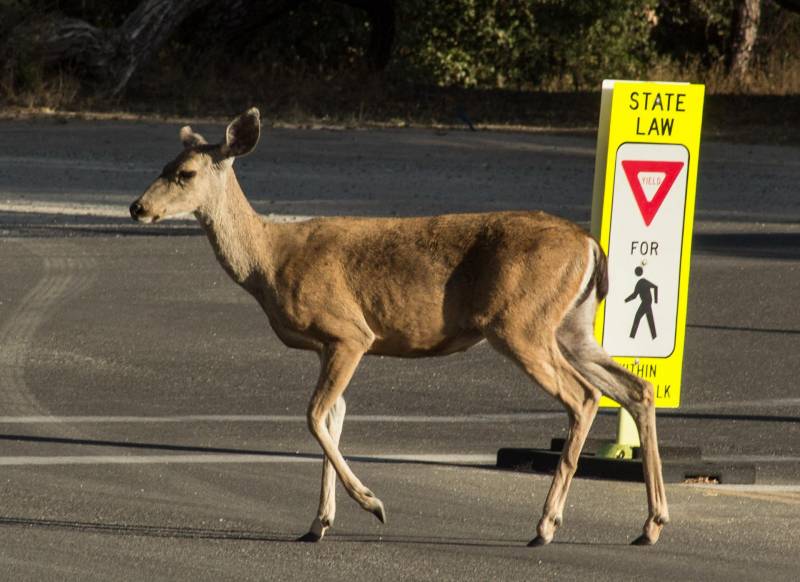"There's a whole lot of excitement about the bill from the media's perspective, largely just because of the headline — 'Kill it and grill it is about to become law.' " CDFW Capt. Patrick Foy said in a telephone interview this week. "There's a widespread belief that Jan. 1, people are going to start being able to utilize roadkill. We just want to make sure that people understand that's ultimately the goal of the bill, but it's not in place yet."
So what does SB 395 actually do and when might the provisions take effect?
State Sen. Bob Archuleta, a Democrat representing parts of Los Angeles and Orange counties, who authored the legislation, said it has two primary goals: to minimize the waste of what could be usable food and to prompt the state to collect better data on wildlife-vehicle collisions that could be used to improve highway safety.
Though there are no definitive statistics on roadkill deaths in California, UC Davis researchers have estimated that vehicles hit about 20,000 deer on the state's highways each year and that at least 40% of those animals are killed. Archuleta's bill notes that toll "potentially translates into hundreds of thousands of pounds of healthy meat that could be used to feed those in need."
The law, titled the Wildlife Safety Traffic Act, directs the state Fish and Game Commission to create and launch a pilot program by mid-2022 to allow members of the public to salvage deer, elk, pronghorn antelope and wild pigs accidentally killed in vehicle collisions.
The law also requires the commission to create "a user-friendly and cellphone-friendly web-based portal" for reporting wildlife collisions and obtaining a wildlife salvage permit. To get such a permit, participants will need to report "the location, type, and description of the animal salvaged, the date and time of salvage, the basic characteristics of the incident and a description of the vehicle involved, where applicable, and the destination where the carcass will be transported" — and perhaps other details.
"We really have to get these specifics down, because we want to avoid members of the public using this bill as a cover for poaching," Foy said.
Under the law, the commission could limit the pilot to yet-to-be-determined parts of the state. Stopping on freeways to pick up roadkill is likely to be banned.
Although the program is still off in the indefinite future, Foy does have some practical advice for California drivers in the meantime: Pay attention to deer-crossing signs, which mark known migratory and travel routes. And recognize that deer often don't recognize the deadly hazard vehicles represent.
That's especially true in the fall, when deer mate and colder weather prompts them to move from the mountains and foothills to lower elevations, Foy says.
"Deer just kind of behave like goofy teenagers" when they're mating, Foy said. "They're not really thinking about self-preservation, and they just go wandering out onto freeways."
